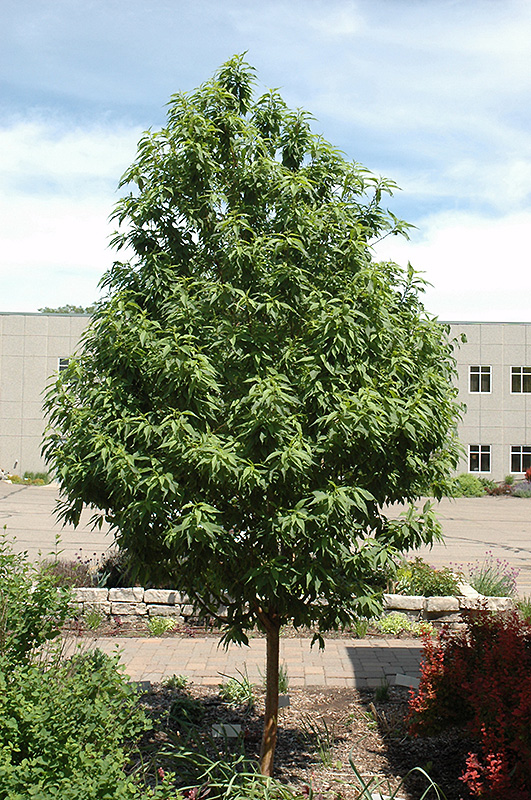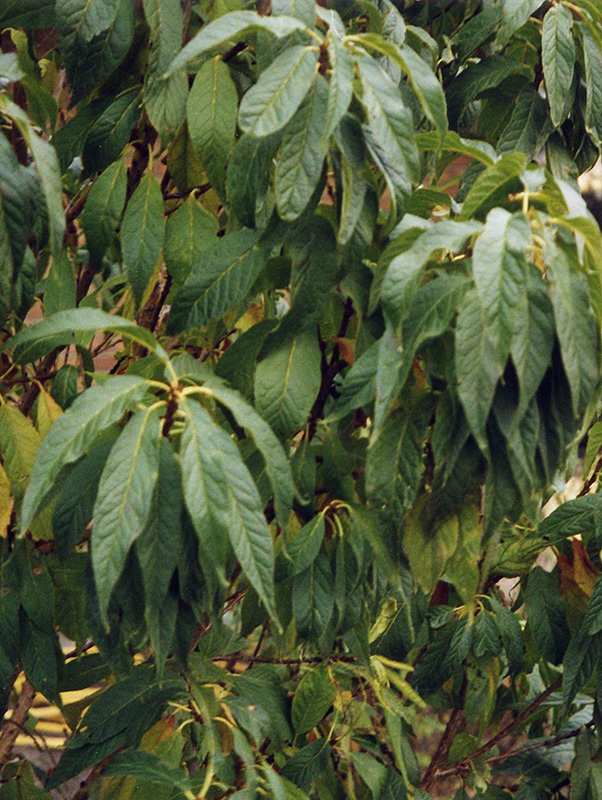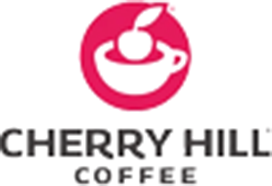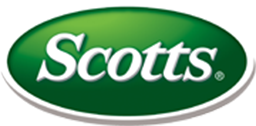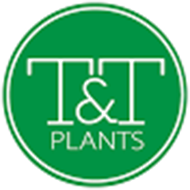Goldspur™ Amur Cherry
Prunus maackii 'Jefspur'
Height: 12 feet
Spread: 6 feet
Sunlight:
![]()
![]()
Hardiness Zone: 2
Other Names: Amur Chokecherry
Brand: First Editions
Description:
A distinctive dwarf selection of Amur cherry with dense, peach-like tufts of dark green foliage, narrowly upright habit of growth is very uniform; short racemes of white flowers are followed by tiny black fruit; low maintenance, resistant to black knot
Ornamental Features
Goldspur™ Amur Cherry features dainty racemes of fragrant white flowers hanging below the branches in mid spring. It has attractive forest green deciduous foliage. The narrow palmate leaves are highly ornamental and turn yellow in fall. The black fruits are held in clusters in late summer. The smooth antique red bark adds an interesting dimension to the landscape.
Landscape Attributes
Goldspur™ Amur Cherry is a dense multi-stemmed deciduous shrub with a narrowly upright and columnar growth habit. Its average texture blends into the landscape, but can be balanced by one or two finer or coarser trees or shrubs for an effective composition.
This is a relatively low maintenance shrub, and is best pruned in late winter once the threat of extreme cold has passed. It is a good choice for attracting birds to your yard. It has no significant negative characteristics.
Goldspur™ Amur Cherry is recommended for the following landscape applications;
- Accent
- Vertical Accent
- Mass Planting
- Hedges/Screening
Planting & Growing
Goldspur™ Amur Cherry will grow to be about 12 feet tall at maturity, with a spread of 6 feet. It has a low canopy, and is suitable for planting under power lines. It grows at a medium rate, and under ideal conditions can be expected to live for 40 years or more.
This shrub does best in full sun to partial shade. It does best in average to evenly moist conditions, but will not tolerate standing water. It is not particular as to soil type or pH. It is somewhat tolerant of urban pollution. This is a selected variety of a species not originally from North America.
